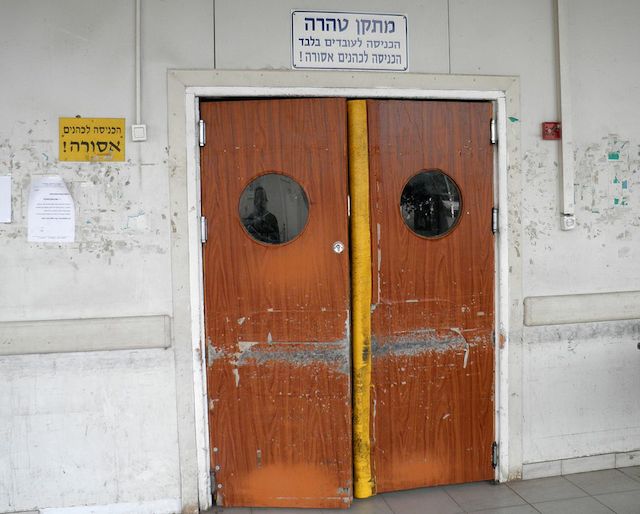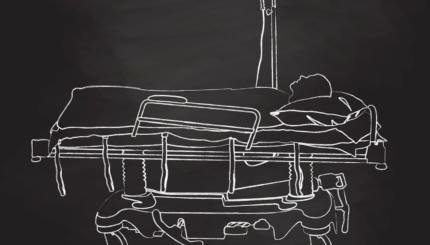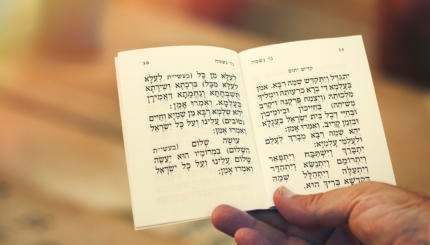Before the body is buried, it is washed in a ritual act of purification called . Just as a baby is washed and enters the world clean and pure, so do we leave the world cleansed by the religious act of tahara.
The cleansing is performed by the funeral director and staff, or the ritual of tahara may be carried out by the chevra kadisha (“holy society”). The is a group of specially trained Jews who care for the body and prepare it for burial. Strict procedures are followed, which include the recitation of prayers and psalms. Men handle male bodies and women prepare female bodies; modesty is preserved even in death.
Your rabbi may be consulted to find out if there is a chevra kadisha in your area. In traditional Jewish practice the deceased is not left alone from the time of death until burial. This ritual act of shemirah (“watching,” “guarding”) is performed as a sign of respect to the deceased. A shomer (“watcher”) may be hired to perform this service [or it may be assigned to friends and congregants].
After the body is cleansed, it is dressed in shrouds (in Hebrew, tachrichim). The shrouds are simple and plain and made of white cotton or linen. Some people are buried in their typical daily dress. Men are buried with a tallit [prayer shawl] over the shroud or suit. Women are sometimes buried in a if it was their practice to wear one when praying. One of the fringes of the tallit is cut to show that it will no longer be used.

Help us keep Jewish knowledge accessible to millions of people around the world.
Your donation to My Jewish Learning fuels endless journeys of Jewish discovery. With your help, My Jewish Learning can continue to provide nonstop opportunities for learning, connection and growth.
Reprinted with permission from The Jewish Mourner’s Handbook (Behrman House), by an editorial committee chaired by Rabbi William Cutter.
Sign up for a Journey Through Grief & Mourning: Whether you have lost a loved one recently or just want to learn the basics of Jewish mourning rituals, this 8-part email series will guide you through everything you need to know and help you feel supported and comforted at a difficult time.
Looking for a way to say Mourner’s Kaddish in a minyan? My Jewish Learning’s daily online minyan gives mourners and others an opportunity to say Kaddish in community and learn from leading rabbis.



